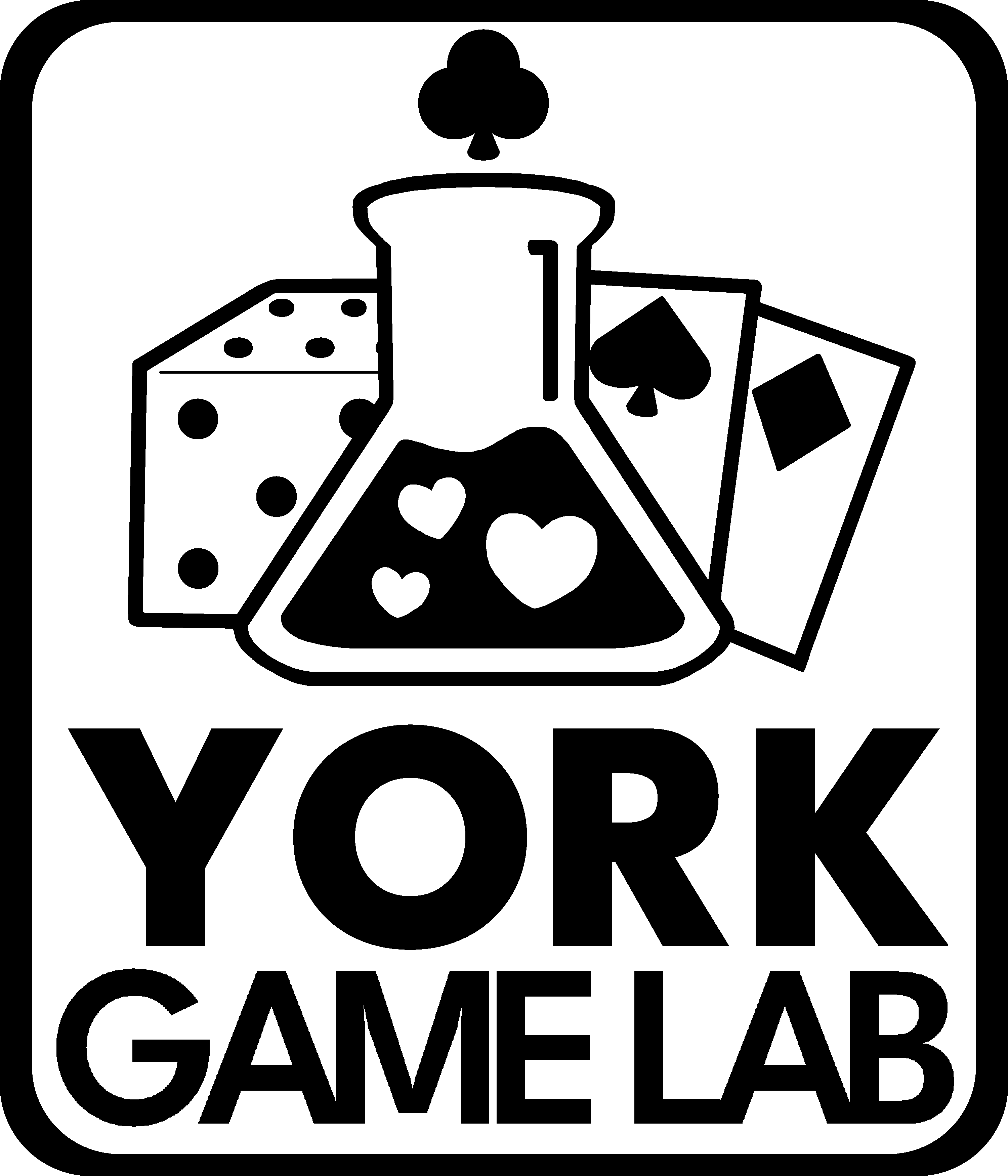Your cart is currently empty!

KEI-GO! in the Classroom: Early Results from a Lesson at Moriya Elementary
Earlier this year, I was given the opportunity to conduct a lesson to teach a lesson at Moriya Elementary School (the school that my son goes to) and in this post I’ll outline the results.
Also, if you don’t want to read all the text here, then jump down to the presentations below where you can see photos of the event and the results.
The lesson was the results of speaking to the Moriya City Board of Education about conducting a lesson on keigo with KEI-GO!, and though it took longer than I expected, I’m glad to have been given the opportunity. They allowed me to teach a single class at Moriya Elementary School to all the fifth graders (a total of four classes, and around 100 students).
Research aims
The aim of the research was to see if the game helped students understand how to use keigo through practically using it as part of play.
The class was only 40 minutes long, including time to introduce the game and how to play, so there was not much time. Additionally, I was speaking to all classes at once remotely from a separate classroom, so I had to rely on the home room teachers to make sure everything was conducted according to my explanations. The lesson/experiment plan is as follows:
- I conducted a simple explanation of keigo, then had them complete the pre-test and pre-play questionnaire.
- Then I introduced how to play the game.
- Students played the game in small groups of 4-5. Most groups got to play two times.
- Students completed the post-test and post-play questionnaires.
During the play session, I got to go around the classrooms and observe game play. It was great to see the students having fun with the game and fun with keigo! A big thanks to the teachers that helped facilitate the set-up process. Photos of gameplay can be seen in the below presentations.
Results
I only had one session to run this activity (originally, I had hoped for two sessions and a delayed post-test, but that wasn’t possible this time around). Still, the results were promising: students’ scores increased by an average of 2.76 points from pre- to post-test. This improvement was statistically significant (p < 0.0001) and came with a medium effect size (0.54).
With a small average increase in scores from the pre- to post-test level (2.76 points). This was statistically significant (p<0.0001) with a medium effect size (0.54).
So, a win, right?! Well, there is no control group, so I can’t say that this game is a better tool than other, more traditional approaches. And without a delayed post-test, we don’t know if the learning stuck. That said, it’s an encouraging result for a single-session intervention.
I think it’s safe to say, however provisionally, that: KEI-GO! WORKS!
Grab a copy here 👇
If you’d like to read about the experiment and the results in more detail, please check the following slides, which have been created in both Japanese and English.



Leave a Reply